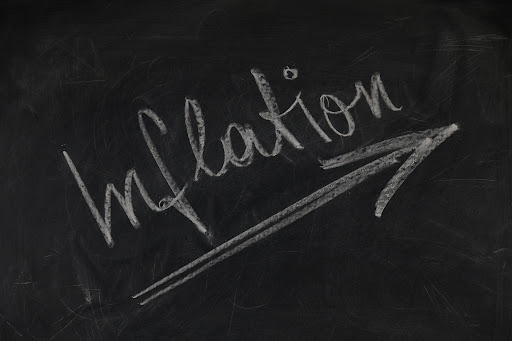
Inflation is a general increase in prices of products and services, including import and export costs, labor costs and the price of consumer goods. Inflation can make it difficult for low-income people to pay for basic household expenses and education or medical care. Inflation affects the upper, middle and lower classes in different ways. Generally the middle and lower classes are hit harder and forced even farther down the chain. What happens to those who lose their jobs due to inflation or their income still not reach the new cost of living that is created?
What does inflation affect?
Higher food, gasoline, and utility costs caused by inflation mean less money for savings or unnecessary spending, causing consumers to buy less, switch to cheaper substitutes, or look harder for bargains. These efforts to save grow as the rise of income does not match the rate of inflation. The cost of home loans go up so many consumers are forced out of the market, slowing home sales. A 2008 global economic meltdown led to bailing out Wall Street financiers but left ordinary citizens to fend for themselves. These events highlighted the inequality between classes. The issue gained traction during the Occupy Wall Street protest movement in 2011. Then, during the 2016 campaigns Donald Trump and Bernie Sanders brought the issue to light once again.
According to a Havard professor, the past 30 years of rising American inequality can be attributed to three key factors: “The decline in jobs and employment rates for less-skilled workers, which has increased the number of households with children but no main income. The demand for college graduates outpacing the pool of job candidates, adding to the gap between the middle class and upper-middle class. The share of income gains flowing to the top 1 percent of earners doubled as a result of deregulation, globalization, and speculation in the financial services industry.”
How does Inflation Affect the Lower Class?
These classes of individuals, for the most part, have stagnant pay, which means their wages stay relatively the same while the cost of living continues to rise. Lower class people are less likely to have enough money to have a bank account or credit card, which means they are less likely to buy a home or new vehicle. Inflation causes issues in lower class societies such as difficulty paying for living expenses, inability to balance work and life, and less opportunities for education or healthcare. Often occurrences in low-income households are choosing one need over another such as keeping the heat off to afford food. As inflation raises the prices for these already costly things, and the income of the household stays at the same ratio of income vs. cost of living, these choices will remain necessary for the lower class to make in order to survive. Children of low income parents are more likely to end up in the care of social services due to many reasons, one being parents having no access to child-care while being forced to work long hours to make ends meet.

Children born in these families are also less likely to rise to a class above their parents. A child born in Iowa into a household making less than $25,000 a year has an 18 percent chance to move into the upper 20 percent over a lifetime. However, a child born in a major city such as Atlanta or Los Angeles, has only a 4 percent chance of moving up. Lower income children and adults have limited education options and limited time to make use of the options available, if they must work to survive. “Now, your family income matters more than your own abilities in terms of whether you complete college,” said Robert Putnam, Professor of Public Policy at Harvard Kennedy School. “Smart poor kids are less likely to graduate from college now than dumb rich kids. That’s not because of the schools, that’s because of all the advantages that are available to rich kids.” Lower income people are also less likely to have a regular doctor or keep up with regular prescriptions and exams because of the cost of insurance. This leads to the major health issues we see untreated in the lower class.
Lawrence Katz, the Elisabeth Allison Professor of Economics in Harvard’s Faculty of Arts and Science says, “the most damaging aspects of the gap between the top 1 percent of Americans and everyone else involves the increasing economic and political power that the very rich wield over society, along with a growing educational divide, and escalating social segregation in which the elites live in literal and figurative gated communities. If the rate of economic mobility, the ability of people to improve their economic station, was higher our growing income disparity might not be such a problem. But what we have been seeing is rising inequality with stagnant mobility, which means that the consequences of where you start out, whether it’s in a poor neighborhood, whether it’s from a single-parent household, are more consequential today than in the past. Your ZIP code and the exact characteristics of your parents seem to matter more,” said Katz. “And that’s quite disturbing.”
Written by: Erinn Malloy

